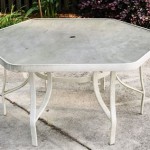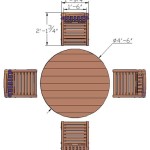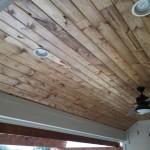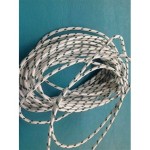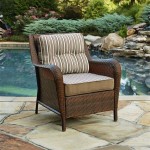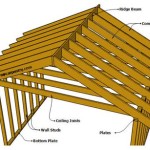What Are Patio Covers Called in Chinese Culture?
While the term "patio cover" is a common English phrase, the concept of a covered outdoor space is deeply ingrained in Chinese culture. However, the Chinese language lacks a direct translation for "patio cover." Instead, the terminology used to describe these structures depends on their specific function, design, and cultural context.
1. Architectural Terminology: 庭院遮阳棚 (tíngyuàn zhēyáng péng)
One of the most common ways to refer to patio covers in Chinese is "庭院遮阳棚" (tíngyuàn zhēyáng péng). This phrase literally translates to "courtyard sun-shade canopy," highlighting the primary function of offering shade. It encompasses a broad range of structures that cover outdoor spaces, including pergolas, awnings, and retractable roofs. The term "庭院" (tíngyuàn) refers to a courtyard, which in traditional Chinese architecture is an integral part of the home, serving as a space for gatherings, relaxation, and even gardening. The word "遮阳" (zhēyáng) implies protection from the sun, while "棚" (péng) denotes a canopy or shelter.
2. Function-Specific Terminology: 凉亭 (liángtíng) and 葡萄架 (pútáojià)
Depending on the purpose of the patio cover, more specific terminology is used. For instance, a standalone structure offering shade and a place for respite is often called a "凉亭" (liángtíng), literally "cool pavilion." These structures are often found in gardens and parks and are typically built with a roof and open sides, providing ventilation while shielding from the elements. Another example is "葡萄架" (pútáojià), which translates to "grape trellis." These structures are primarily designed for growing grapes, but they also provide shade and a visual element to the patio space.
3. Regional Variations and Cultural Significance: 屋檐 (wūyán) And 凉棚 (liángpéng)
Regional variations also exist in the terminology used to describe patio covers. In southern China, where the weather is often hot and humid, the term "凉棚" (liángpéng), meaning "cool canopy," is commonly used to refer to a lightweight, temporary structure providing shade. This term is often associated with outdoor events and festivals. On the other hand, "屋檐" (wūyán), meaning "eaves," is a more general term that refers to any overhanging roof structure, including those that extend over a patio or courtyard. This term is particularly prevalent in traditional Chinese architecture, where the eaves are often elaborately decorated and serve as a significant architectural element.
Furthermore, beyond the literal translation, the concept of a patio cover carries significant cultural weight in China. The idea of creating a protected outdoor space fosters a sense of privacy, comfort, and connection with nature. It represents a harmonious relationship between humans and their surroundings, a key theme in Chinese philosophy. Patio covers can be found in various forms, ranging from elaborately designed structures to simple awnings, reflecting the diversity of Chinese culture and history.

China Umbrella Commercial Patio 2 5m Uv Protection Outdoor Garden Sunshade Parasol Umbrellas Parasols For Restaurant Made In Com

Origins Of Pergolas Correct Constructions

Origins Of Pergolas Correct Constructions

Research On The Architectural Features And Artistic Elements Of Traditional Buildings In Diffe Regions Jiangxi China

Architectural Spatial Characteristics Of Fujian Tubao From The Perspective Chinese Traditional Ethical Culture

Architectural Spatial Characteristics Of Fujian Tubao From The Perspective Chinese Traditional Ethical Culture

Chinese Divider Screens Have Been Used In China Since The Han Dynasty Around Time Of Christ This Tradition Has Continued Until Today Room Dividers Are Known As Pingfeng Traditional

Why China S Super Wealthy Shun Western Looking Homes Cnn

Shoji Wikipedia

10 Recommended Courtyards In Beijing The Best Siheyuans

